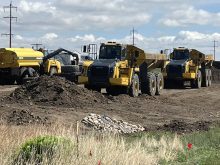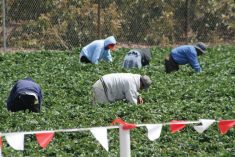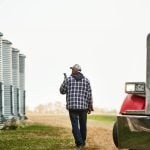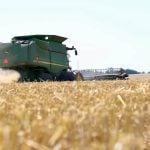Rural Albertans have fewer neighbours than they did six years ago.
And if you’re wondering where they went, you might want to check out Airdrie and Cochrane as well as the province’s big cities.
That’s — sort of — the upshot from recently released census data.
Rural Canada actually gained nearly 27,000 new residents from 2016 to 2021 and there are now 6.6 million Canadians living in rural areas. But given the country’s population grew by more than 1.8 million during that time, “the share of the population living in rural areas decreased from 18.7 per cent in 2016 to 17.8 per cent in 2021,” says Statistics Canada.
Read Also
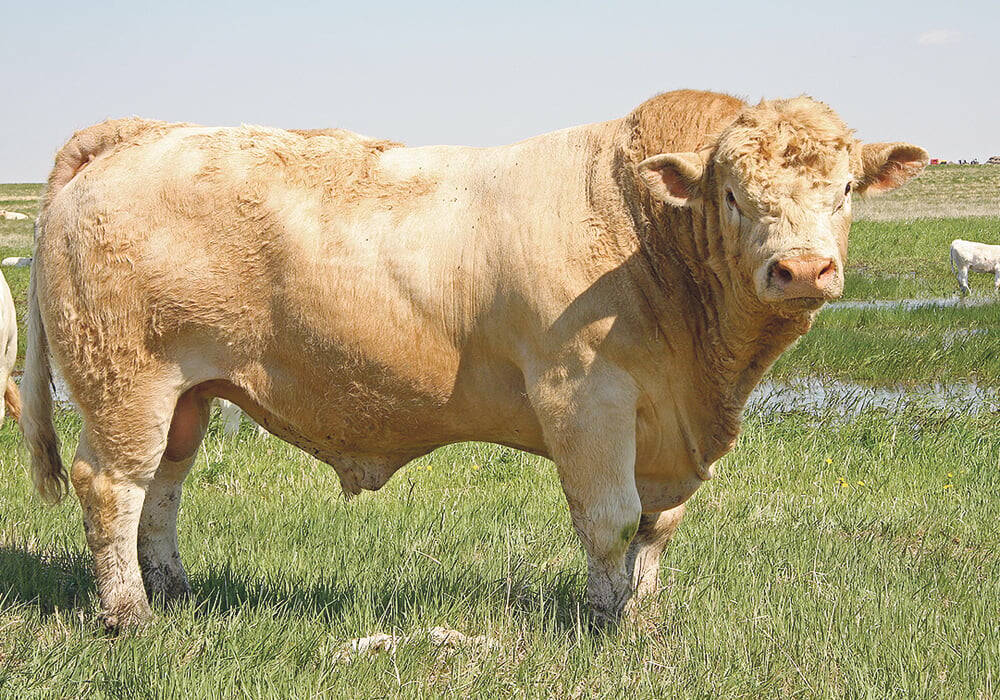
New research sheds light on infertility in bulls
Southern Alberta researchers make ground-breaking discovery in sperm function examining male infertility in bovines.
But the number of rural Canadians would have grown by considerably more if not for Alberta.
The province’s rural population shrank by nearly 18,000 — by far the largest number in the country (Saskatchewan was second, losing about 6,000 rural residents).
As of last year, there were 650,027 rural Albertans out of a provincial population of 4,262,635.
And while Calgary (1.3 million), Edmonton (just over one million) and smaller cities like Red Deer and Lethbridge (both around 100,000) continue to grow, none made it onto StatCan’s list of the 25 fastest-growing communities.
But two Alberta communities did: Airdrie (No. 25 on the fastest-growing list) grew by nearly 13,000 people while Cochrane (No. 11) added more than 6,000 residents.
Both, of course, have become bedroom communities of Calgary. Still, together they gained about the same number of people as rural Alberta lost.




